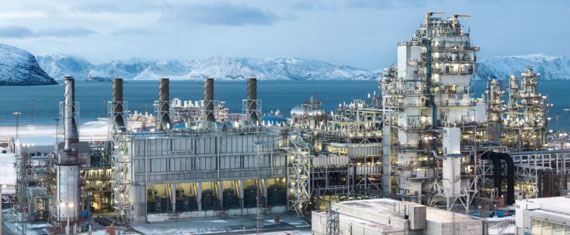Enabling Low-Emission LNG Systems
Evaluation of LNG processes
On the level which processes normally are described (in patents and articles) there are not that many elements that constitute an LNG process and the number of possibilities of combining these into a unique process are limited. However, there are still possibilities with respect to tighter integration with other parts of the process (e.g. CO2 capture) or possibly other processes.
It is also possible to improve the performance of the processes with respect to the power consumption by adjusting operational parameters like pressures and temperatures. Adjusting the composition and flow rate of the refrigerant is most likely very important in order to reduce the power consumption and thereby improving the efficiency of the LNG processes. The optimization of an LNG process is not straightforward. Both the objective (power consumption) and the constraints, like positive temperature differences in the heat exchangers and positive dew point offsets for the inlet to the compressors, are far from ideal for optimization routines. Care must be taken with respect to how the problem is formulated, the selection of the bounds for the variables, and the actual evaluation of the flowsheet.
PhD candidate associated with this subproject:
Bjørn Austbø
Use of optimization in the evaluation and design of liquefaction processes for natural gas
Supervisor: Professor Truls Gundersen
Co-Supervisor: Per Eilif Wahl

Melkøya LNG plant, Norway. Photo: The Linde Group